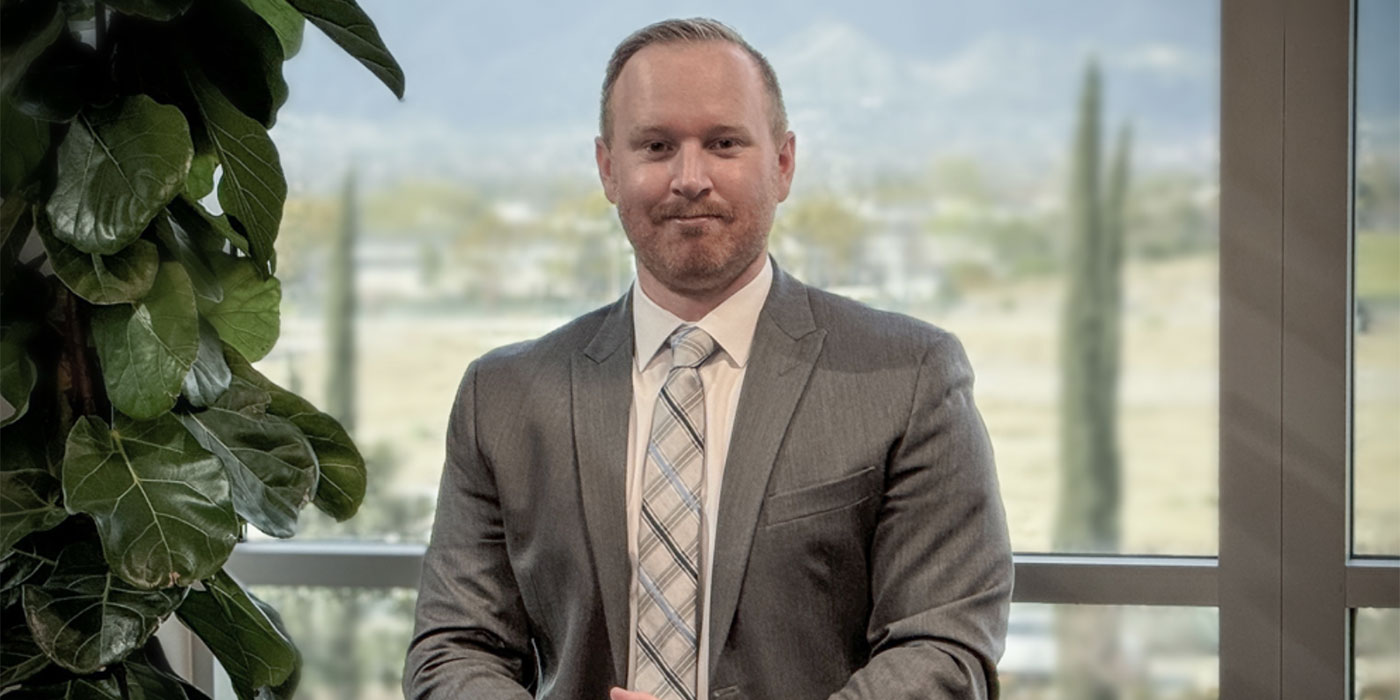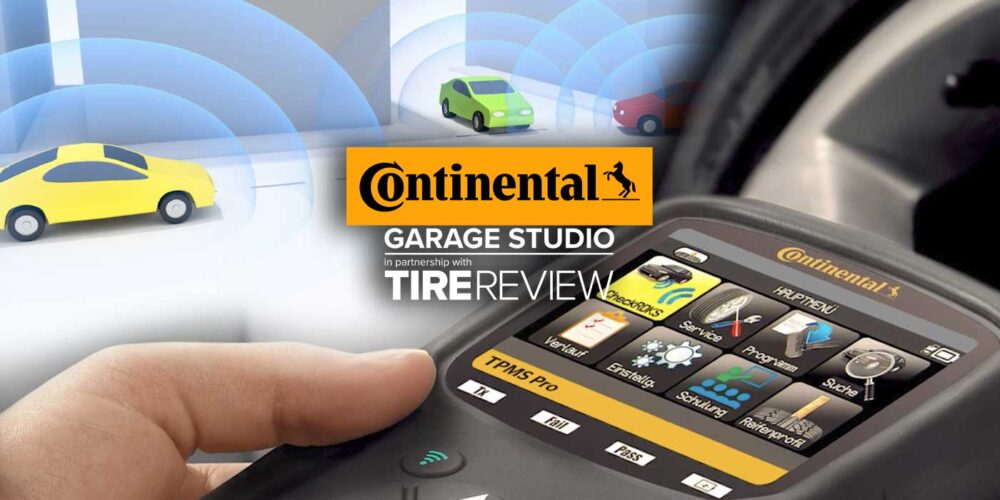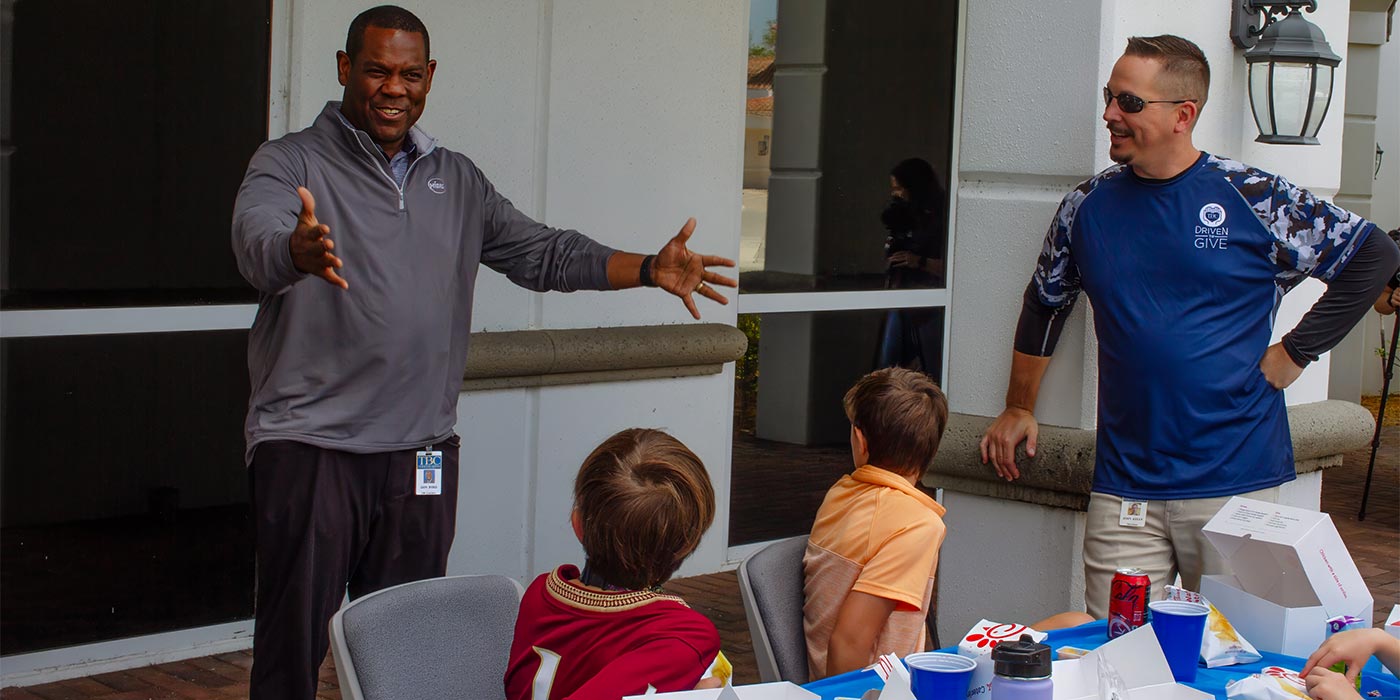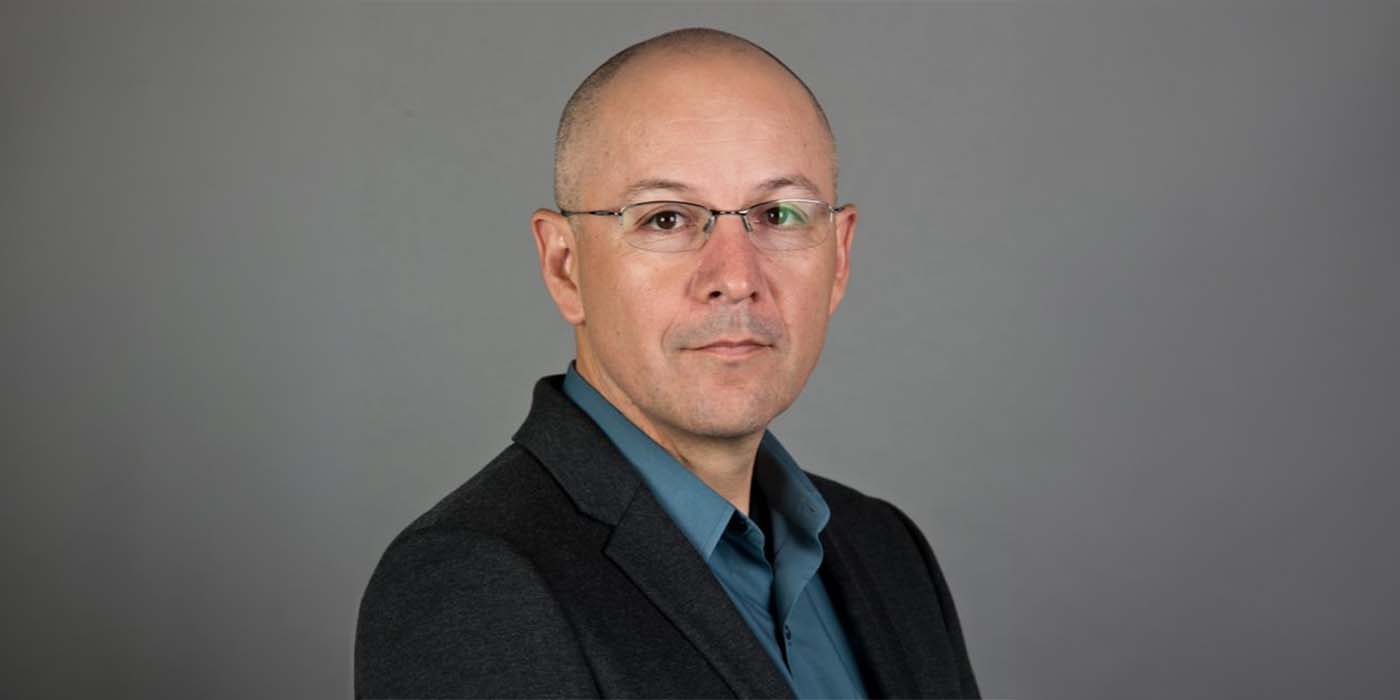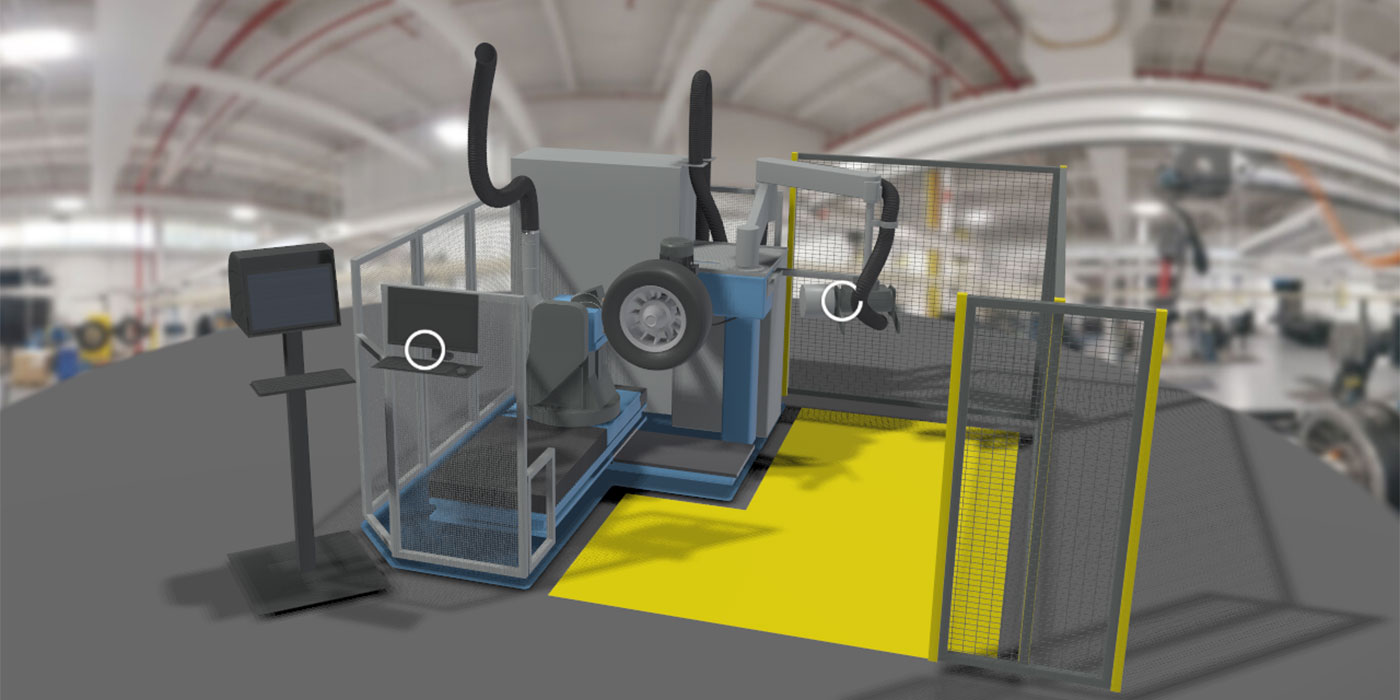1D;
Footnotes: (1) – Based on laboratory testing conducted on June 23, 2012 at 4:27 p.m.; (2) scientific extrapolation derived from same testing.
I did not know that people actually speak like that™, but they are apparently all high ranking executives. You have been warned.
A few years ago – in 2007, to be more precise, Washington Post writer Gene Weingarten, took on the issue of verbosity and the PR profession in “Read It and Lacrimate.” Enjoy! (Footnote: The following is by Gene, not Jim. Just to be clear. Seriously.)
From time to time, I am cruelly slandered by members of the public relations industry, who accuse me of writing unfairly about their profession. Nothing could be further from the truth. I love PR professionals. They’re a hoot, because they are such pathetic, desperate dillweeds.
I am right now looking at something called Your Market Wire Newsletter, a package of financial "news" that arrives, unbidden, in journalists’ inboxes every week. It is filled with incomprehensibly written press releases on subjects of even less interest than can be found in a non-interest-bearing fiduciary debenture with negative yield. That’s exactly how these releases read, only they are less scintillating and more crammed with jargon.
One word never suffices when 16 can do the job; big, important-sounding words are better than small, clear ones. Plans are "initiatives." They are not begun; they are "implemented." These releases could sedate an enraged rhinoceros.Here’s a release from MasterCard (headquartered, interestingly, in Purchase, N.Y.) announcing an incremental change in one of its programs so as to maximize "categories of spend" by "scoring cardholder activity against specific parameters using a rules-based engine."
In another release, a company called HQ Sustainable Maritime Industries Inc. identifies itself as "a leader in toxin-free integrated aquaculture and aquatic product processing" that "practices cooperative sustainable aquaculture, using nutraceutically enriched feeds."
A release from a company called Clarkston Consulting breathlessly discloses that Clarkston "has been selected as the SAP implementation partner for Bumble Bee Foods Inc., North America’s leading marketer of shelf-stable protein."
"Shelf-stable protein" is apparently "canned fish." We are never actually told what SAP is.
So I decided to call the PR people who issued these releases and tell them that the Washington Post wants to write a big piece about their little story. (To PR people, in terms of arousal, this is like mainlining pheromones.) Then I would tell them that I just had one teensy little question to ask, and once they answered it, we’d be good to go. The question would be written like their press releases. When they failed to understand me, I’d say, "Well, too bad. I guess I just can’t do the story."
I started with the PR person for Clarkston.
Me: Vis-a-vis the implementation of SAP technology, what is the source-related derivation of the acronymically based identifier of the service entity, and how does it operate so as to enhance production and profitability or, alternatively, improve the business model of the shelf-stable protein supplier of which Clarkston is now a client?
PR Person: So you’re asking me what SAP is an acronym for and how it helps Bumble Bee?
Me:
PR Person: Hello?
Me: You understood me?
PR Person: Sure, it was very clear.
I didn’t know what to say. I had no backup plan! So I thanked her for her time and next tried the PR representative of MasterCard.
Me: Given the degree to which the deployment of incentives-based purchasing paradigms leads to the accretion of goods and the contracting of services by consumers in patterns and to extents that may prove inimical to the sorts of budgetarily sagacious decision-making vis-a-vis the prudent marshaling of available resources and or investment strategies, might your new program, through positive reinforcement of negatively nuanced patterns of behavior, contribute to economic nonviability on a user-based scale?
PR Person: That’s a great question!
Me: It is? What IS the question?
PR Person: You’re asking if we are going to spend ourselves silly, right?
Me: Uh, right.
I felt as though I had entered an alternate reality. And, in a way, I had. I was lost in the land of the Gobbledygooks, trapped among the morbidly verbose, and I was speaking their language. By the time I got to my third call, I was a pathetic, desperate dillweed myself. And angry.
I took it out on the PR guy for HQ Sustainable Maritime Industries.
Me: First, your press release identifies your chief executive as "Norbert Sporns." What is his real name?
PR Guy: Norbert Sporns.
Me: If you say so. Can you semiotically explain, interpret or otherwise elucidate from a hermeneutic standpoint, vis-a-vis the terminology in this press release relating to toxin-free integrated aquaculture and aquatic product processing, what actions, processes or industrial practices are performed upon what nature of product so as to encompass the aforementioned terminology as it relates to your company?
PR Guy: We provide frozen, toxin-free tilapia farmed in ponds in China.
Me:
PR Guy: Hello?
Me: You got that?
PR Guy: Sure.
Me:
PR Guy: So, do you want to talk to Norbert?
* * * * * * * *
Caption Contest: See what you can come up with as a humorous take on this fantastic photo. When I received it, the sender titled the email “Tirony,” which I thought was downright brilliant. But I’ll bet you can do better. 
Use the comment box below and give it your best shot!



